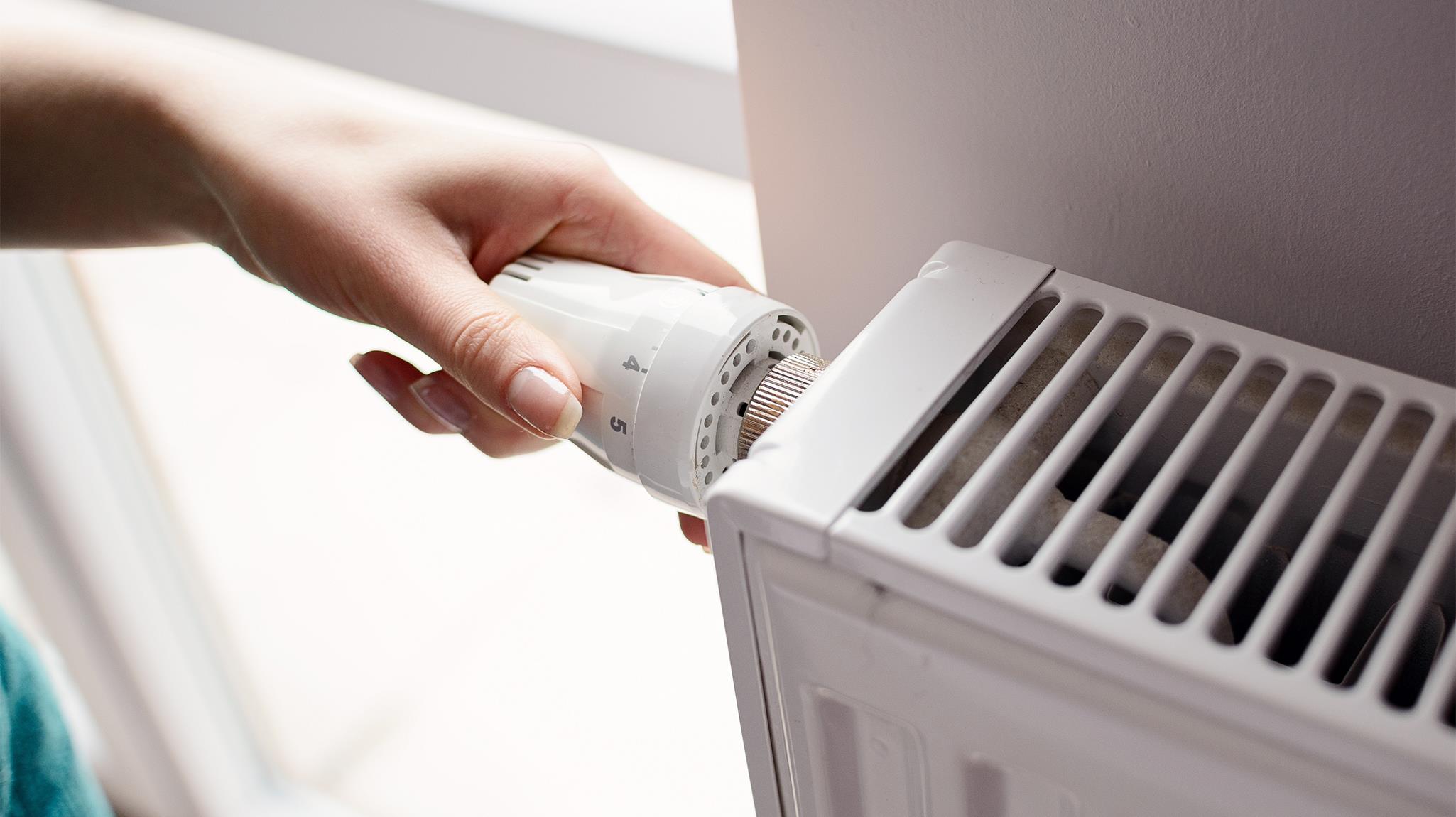We take every report of damp seriously and will take appropriate action to resolve it as soon as possible.
How can I let you know about damp and mould?
Please let us know about your issue via email at customerservices@accentgroup.org, and if possible, include some photos of the problem you’re reporting, or contact us through your MyAccount.
If the problem is urgent, please give us a ring on 0345 678 0555.
What happens after I report damp and mould?
We’ll speak with you to work out the cause or source of the problem, then organise a contractor to visit your home.
The visit might include:
- a home inspection to determine the cause and solution
- repair work to fix the problem, for instance, structural issues in your home or plumbing issues causing leaks
- improving ventilation by installing extractor fans in your kitchen and bathroom
- treating the mould with chemicals to stop it coming back
How long will it take to fix my damp problem?
We prioritise the most urgent reports of damp and mould, where the problem could pose a health risk. This means we might need to deal with other reports before we can get to yours.
You’ll be kept up to date on the timescale we plan to resolve issues in, and any plans we have to treat mould in your home. We will resolve issues in and what the work to treat your home may involve.
What’s the difference between damp, mould and condensation?
There are different types of damp, but the three most common are rising damp, penetrating damp or damp caused by plumbing problems.
Rising damp
We rarely get reports of rising damp in our properties because our buildings are treated with damp proof courses (a protective barrier installed against rising damp). You can identify rising damp from tide marks or ripples above your skirting boards.
Penetrating damp
Penetrating damp is usually caused by damage to the structure of your home. It is more obvious when it rains.
Plumbing or broken pipes
Damp from plumbing issues or broken pipes can show similar signs to penetrating damp and may need an investigation to find the exact cause.
Mould is a type of fungus that grows in warm, damp places. It can form on walls, ceilings, windows and even furniture.
If you find mould, you can try using a safe mould-removing wash or spray from a supermarket or DIY store to get rid of it.
- wipe down the affected area with the wash or spray
- decorate it with an anti-mould paint to stop it from coming back.
- don’t brush or clean mould with a vacuum as this can disturb the dry spores which could lead to you inhaling them
Once the mould has gone, keep following our advice to make sure your home stays free of condensation, mould and damp.
Condensation is a cause of damp and is when droplets of water appear on surfaces like walls, windows and mirrors.
This can be caused by:
-
moisture from everyday living such as cooking and washing.
-
not enough ventilation in the property
-
cool temperatures in cold weather
-
heating being turned off in unused rooms
How can I reduce damp, mould and condensation in my home?
As well as letting us know about your issues, you can also try some of the following tips to improve things in the meantime:
- open windows when bathing and cooking to let steam escape
- keep boiling pans covered
- wipe moisture off surfaces
- try to dry clothes outside, or in a well-ventilated room if this isn’t possible
- keep trickle vents open (narrow vents at the top of some windows) if you have them
- never block air vents.
Watch our handy video to find out more.

Keeping your home warm
One way to stop excess moisture from forming is to keep your home warm. However, if you’re worried about the cost of heating your home and would like help with budgeting or managing your money, we’re here to help.
Never use bottled gas or paraffin to heat your home. They also create a lot of moisture, which is a serious health and safety risk and a breach of your tenancy.





